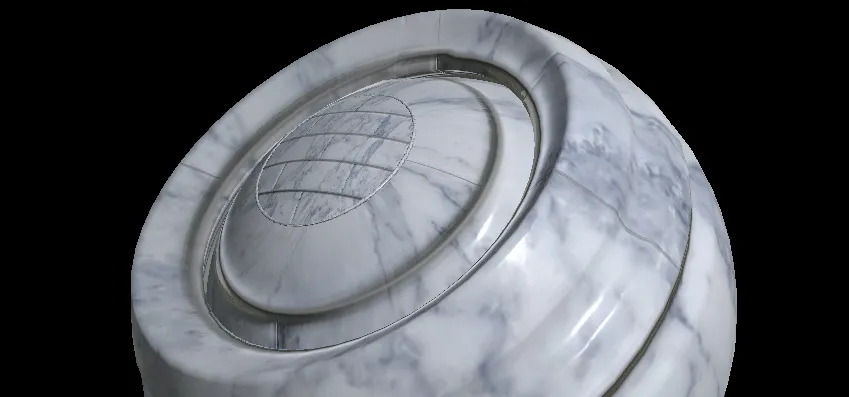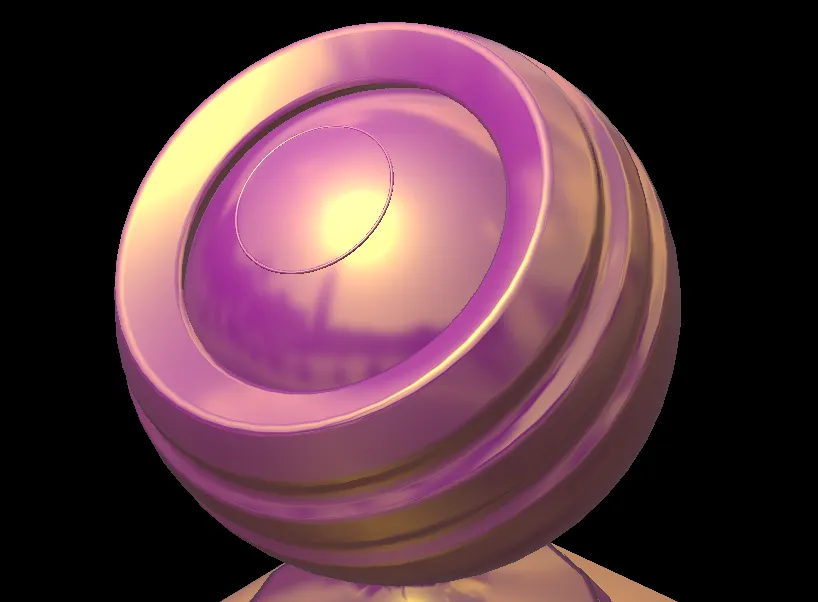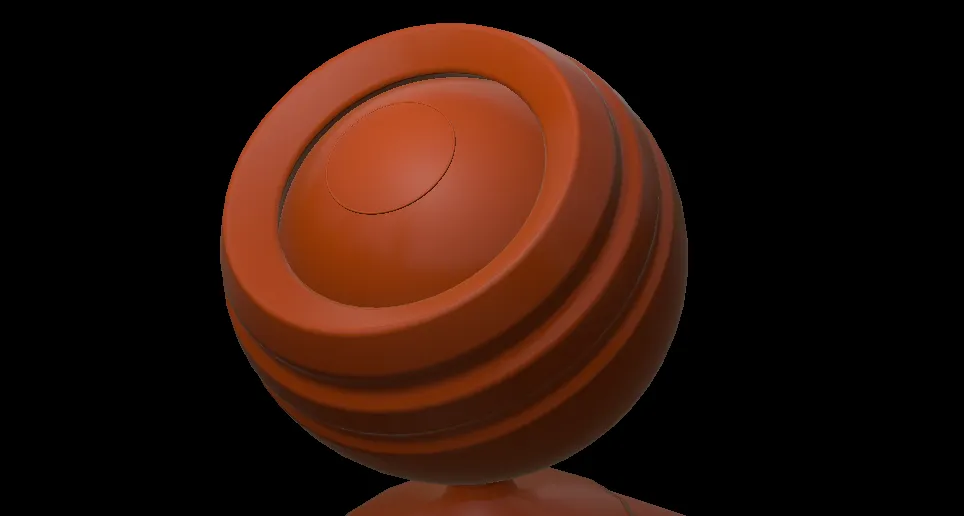
Tweaking the Cook Torrance BRDF
I’m still learning things about physically based shading using my PBRViewer, and this time, I wanted to be able to experiment the variations of the Cook Torrance BRDF. The Cook Torrance BRDF looks like this: This equation is composed of three distinct terms: F: The fresnel, represents how the reflectivity change at grazing angles. G: The Geometry term, represents the probability that a microfacet will be visible from the light and view directions. D The normal distribution term, defines the distribution of the orientation of the microfacets. For more infomations you can read the very interesting " Physics and math of shading" by Naty Hoffman. For each term there is more than one possibility, and you can choose according to your need, and your budget the terms of your BRDF. Even if GGX is becoming the new standard, I wanted to experiment the other possibilities. ...

